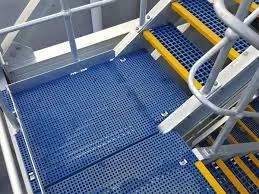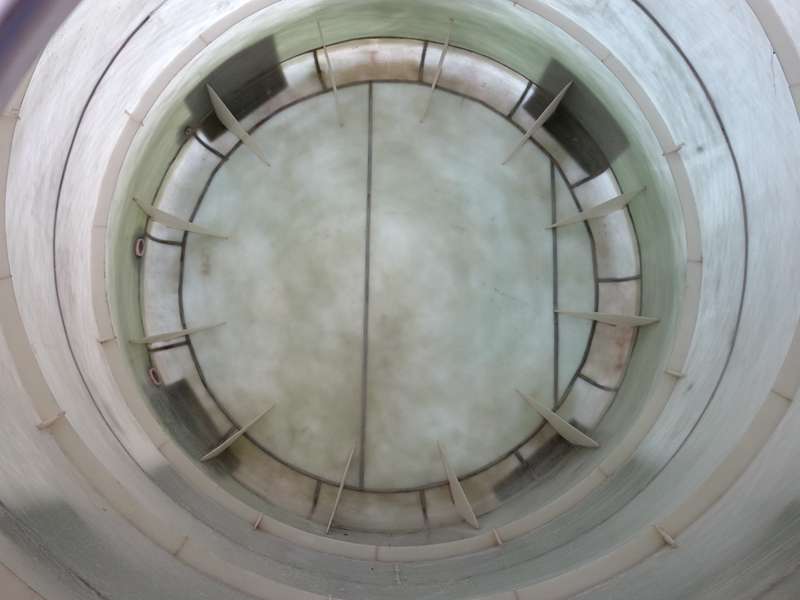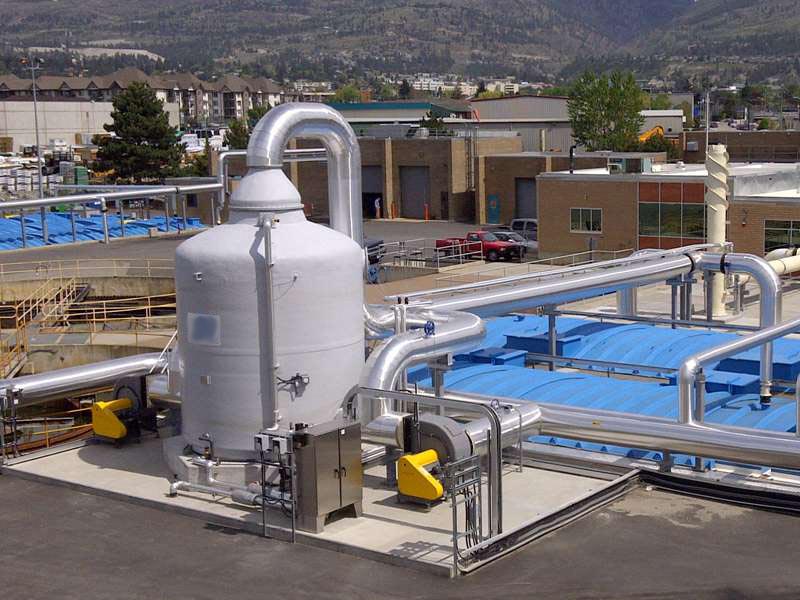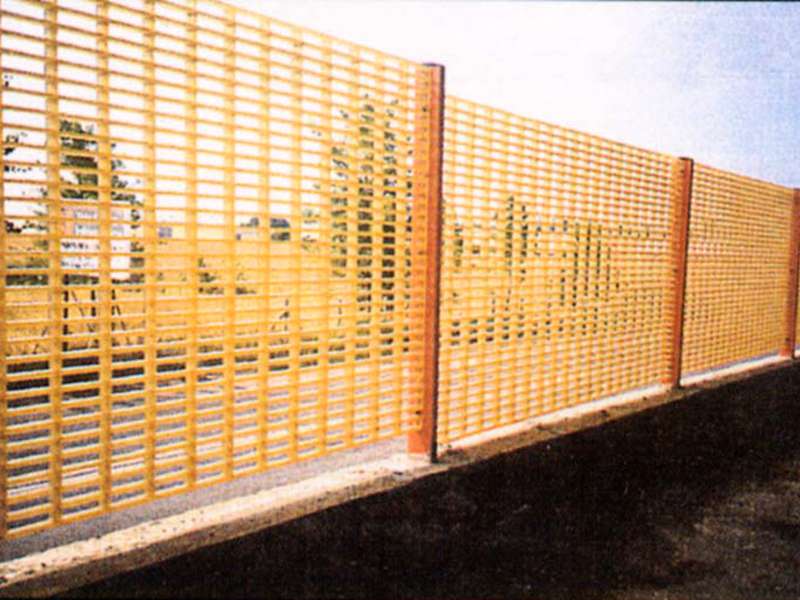
-
 Afrikaans
Afrikaans -
 Albanian
Albanian -
 Amharic
Amharic -
 Arabic
Arabic -
 Armenian
Armenian -
 Azerbaijani
Azerbaijani -
 Basque
Basque -
 Belarusian
Belarusian -
 Bengali
Bengali -
 Bosnian
Bosnian -
 Bulgarian
Bulgarian -
 Catalan
Catalan -
 Cebuano
Cebuano -
 China
China -
 China (Taiwan)
China (Taiwan) -
 Corsican
Corsican -
 Croatian
Croatian -
 Czech
Czech -
 Danish
Danish -
 Dutch
Dutch -
 English
English -
 Esperanto
Esperanto -
 Estonian
Estonian -
 Finnish
Finnish -
 French
French -
 Frisian
Frisian -
 Galician
Galician -
 Georgian
Georgian -
 German
German -
 Greek
Greek -
 Gujarati
Gujarati -
 Haitian Creole
Haitian Creole -
 hausa
hausa -
 hawaiian
hawaiian -
 Hebrew
Hebrew -
 Hindi
Hindi -
 Miao
Miao -
 Hungarian
Hungarian -
 Icelandic
Icelandic -
 igbo
igbo -
 Indonesian
Indonesian -
 irish
irish -
 Italian
Italian -
 Japanese
Japanese -
 Javanese
Javanese -
 Kannada
Kannada -
 kazakh
kazakh -
 Khmer
Khmer -
 Rwandese
Rwandese -
 Korean
Korean -
 Kurdish
Kurdish -
 Kyrgyz
Kyrgyz -
 Lao
Lao -
 Latin
Latin -
 Latvian
Latvian -
 Lithuanian
Lithuanian -
 Luxembourgish
Luxembourgish -
 Macedonian
Macedonian -
 Malgashi
Malgashi -
 Malay
Malay -
 Malayalam
Malayalam -
 Maltese
Maltese -
 Maori
Maori -
 Marathi
Marathi -
 Mongolian
Mongolian -
 Myanmar
Myanmar -
 Nepali
Nepali -
 Norwegian
Norwegian -
 Norwegian
Norwegian -
 Occitan
Occitan -
 Pashto
Pashto -
 Persian
Persian -
 Polish
Polish -
 Portuguese
Portuguese -
 Punjabi
Punjabi -
 Romanian
Romanian -
 Russian
Russian -
 Samoan
Samoan -
 Scottish Gaelic
Scottish Gaelic -
 Serbian
Serbian -
 Sesotho
Sesotho -
 Shona
Shona -
 Sindhi
Sindhi -
 Sinhala
Sinhala -
 Slovak
Slovak -
 Slovenian
Slovenian -
 Somali
Somali -
 Spanish
Spanish -
 Sundanese
Sundanese -
 Swahili
Swahili -
 Swedish
Swedish -
 Tagalog
Tagalog -
 Tajik
Tajik -
 Tamil
Tamil -
 Tatar
Tatar -
 Telugu
Telugu -
 Thai
Thai -
 Turkish
Turkish -
 Turkmen
Turkmen -
 Ukrainian
Ukrainian -
 Urdu
Urdu -
 Uighur
Uighur -
 Uzbek
Uzbek -
 Vietnamese
Vietnamese -
 Welsh
Welsh -
 Bantu
Bantu -
 Yiddish
Yiddish -
 Yoruba
Yoruba -
 Zulu
Zulu
Effective Techniques for Inserting Rock Bits in Drilling Operations for Optimal Performance
Inserting Rock Bits Techniques and Strategies for Efficiency
In the realm of drilling engineering, the choice and insertion of rock bits are pivotal for enhancing operational efficiency and cost-effectiveness. Rock bits, the tools used to fracture and penetrate rocky formations, directly influence the success of drilling operations in various sectors, including oil and gas, mining, and geothermal energy extraction. This article aims to explore effective techniques and strategies for the optimal insertion of rock bits, highlighting their importance in achieving drilling efficiency.
Understanding Rock Bits
Rock bits come in various types, each designed for specific geological conditions. The most common types include roller cone bits, fixed cutter bits, and diamond bits. The selection of the appropriate bit type is crucial, as it can significantly affect the rate of penetration (ROP), bit life, and overall operational cost. The process of inserting rock bits involves precise planning and execution to ensure they perform optimally throughout the drilling operation.
Techniques for Efficient Insertion of Rock Bits
1. Optimal Bit Selection The first and foremost technique for efficient rock bit insertion is the careful selection of the bit based on the geological conditions. Factors such as the hardness of the rock, presence of abrasive materials, and wellbore stability must be considered. Advanced technologies, including geological modeling and real-time data analysis, assist engineers in making informed decisions on rock bit selection.
2. Proper Bit Orientation Ensuring the correct orientation of the bit during insertion can enhance drilling performance. Misalignment can lead to uneven wear or premature failure. Employing technologies such as downhole surveys and gyroscopic tools can help achieve accurate bit orientation in the wellbore.
3. Controlled Weight on Bit (WOB) Managing the weight applied to the rock bit is essential for maximizing ROP and minimizing bit wear. Engineers need to monitor and adjust the weight in real-time based on feedback from drilling parameters. Utilizing automated drilling technologies can facilitate precise control over WOB, promoting consistent performance.
inserting rock bits techniques and strategies for efficient ...

4. Circulation and Cooling Proper circulation of drilling fluid is critical during the insertion of rock bits. This fluid not only cools the bit but also helps in flushing out cuttings, preventing them from accumulating and causing blockages. Using the right type of drilling fluid, tailored to the specific formation, can enhance the cooling and cleaning process, thereby extending bit life.
Strategies for Continuous Improvement
1. Data Analytics and Monitoring Implementing data analytics and real-time monitoring systems can provide insights into drilling performance and bit effectiveness. Analyzing historical data helps identify patterns and optimize future drilling operations. Key performance indicators (KPIs) related to bit performance should be regularly evaluated to implement continuous improvements.
2. Training and Development Investing in the training and development of drilling personnel is vital. Understanding the intricacies of rock bit technology, insertion techniques, and troubleshooting can empower the workforce to make informed decisions and react promptly to any issues arising during drilling.
3. Feedback Loops Establishing a feedback loop between drilling engineers and field operators is essential for sharing insights and optimizing rock bit performance. Regular debriefs can help teams discuss what worked and what didn’t, leading to better strategies in future projects.
Conclusion
Inserting rock bits efficiently is a multifaceted challenge that requires a blend of science, technology, and skilled manpower. By implementing strategic techniques such as optimal bit selection, controlled weight management, and effective monitoring, drilling operations can achieve superior results. As technology continues to advance, the framework for rock bit insertion will evolve, further enhancing efficiency and productivity across the drilling industry. Investing in these techniques not only contributes to immediate operational efficiency but also plays a significant role in the long-term sustainability of drilling practices.
Latest news
-
Fiberglass 90 Degree Elbow for Custom Tanks & High Pressure Pipes Durable and Corrosion ResistantNewsJun.24,2025
-
Exploring the Benefits of Top Hammer Drifter Rods for Enhanced Drilling PerformanceNewsJun.10,2025
-
High-Precision Fiberglass Winding Machine for GRP/FRP Pipe Production – Reliable & Efficient SolutionsNewsJun.10,2025
-
FRP Pipes & Fittings for Shipbuilding - Corrosion-Resistant & LightweightNewsJun.09,2025
-
Premium FRP Flooring Solutions Durable & Slip-ResistantNewsJun.09,2025
-
Premium Fiberglass Rectangular Tanks Durable & Lightweight SolutionNewsJun.09,2025









